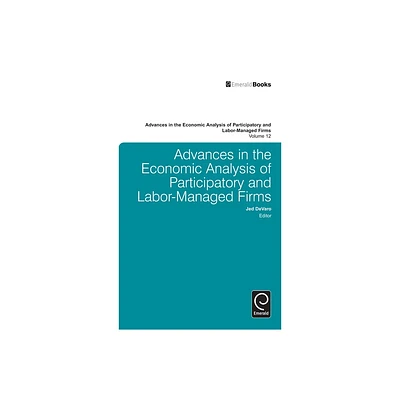Home
Pensions and Population Ageing: An Economic Analysis
Loading Inventory...
Barnes and Noble
Pensions and Population Ageing: An Economic Analysis
Current price: $153.00


Barnes and Noble
Pensions and Population Ageing: An Economic Analysis
Current price: $153.00
Loading Inventory...
Size: OS
*Product Information may vary - to confirm product availability, pricing, and additional information please contact Barnes and Noble
Population ageing is an important trend which will be experienced in industrialized countries in the early years of the next century. This significant book examines aspects of population ageing and pensions, with an emphasis on the design and use of simple economic models to focus on particular aspects of a very broad problem.
The analysis of pensions presents many complex problems. A major aim of this book is to demonstrate how reasonably simple economic models can be designed and used to shed some light on the issues involved in population growth and pension provision. The basic analytics of population growth and pension structure are first explored. Projections for Australia are examined and used to model ageing and social expenditure and to estimate the 'burden' of aged care on future workers. The author goes on to investigate pensions and pension finance, and examines several types of economic model before turning to the analysis of alternative pension arrangements using a lifetime simulation model. The results of the study suggest that both lower contribution rates and a universal pension encourage a later retirement age.
This book will prove invaluable to students and scholars of public sector economics, welfare economics, social economics and public finance.
The analysis of pensions presents many complex problems. A major aim of this book is to demonstrate how reasonably simple economic models can be designed and used to shed some light on the issues involved in population growth and pension provision. The basic analytics of population growth and pension structure are first explored. Projections for Australia are examined and used to model ageing and social expenditure and to estimate the 'burden' of aged care on future workers. The author goes on to investigate pensions and pension finance, and examines several types of economic model before turning to the analysis of alternative pension arrangements using a lifetime simulation model. The results of the study suggest that both lower contribution rates and a universal pension encourage a later retirement age.
This book will prove invaluable to students and scholars of public sector economics, welfare economics, social economics and public finance.


















